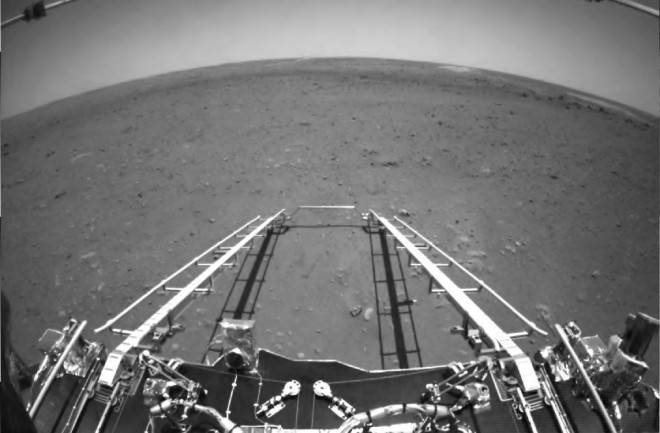On May 14, a six-wheeled rover the size of a small car plunged into Mars’ thin atmosphere, braking with a series of parachutes and retro-rockets before touching down in a picture-perfect landing. After a 10-month journey through space, the China-built robot could finally stretch out its solar panels and send an all-clear signal back to Earth. As the news reached the Beijing Aerospace Control Center in the pre-dawn hours, bleary-eyed engineers erupted in thunderous applause.
The Mars-bound Tianwen-1 spacecraft launched back in July 2020 carrying both a Mars rover and orbiter. It reached the Red Planet on February 10, about a week before NASA's Perseverance rover arrived. Ever since, the Chinese orbiter has been circling Mars, scouting out the best landing site for the rover to carry out its mission.
With its successful touchdown, the Zhurong Mars rover, named for an ancient god of fire, has now vaulted China into the hallowed ranks of nations with a multi-planetary presence. It's also sparking calls for increased NASA funding as the U.S. sees increased competition in outer space.
Space historians cite both the U.S. and the Soviet Union as the only two countries to softly land spacecraft on Mars. However, the USSR’s Mars 3 mission in 1971 — a ski-bottomed rover — lasted a few seconds before it ceased communications. That still leaves China as just the second country to properly land and operate a mission on Mars.







